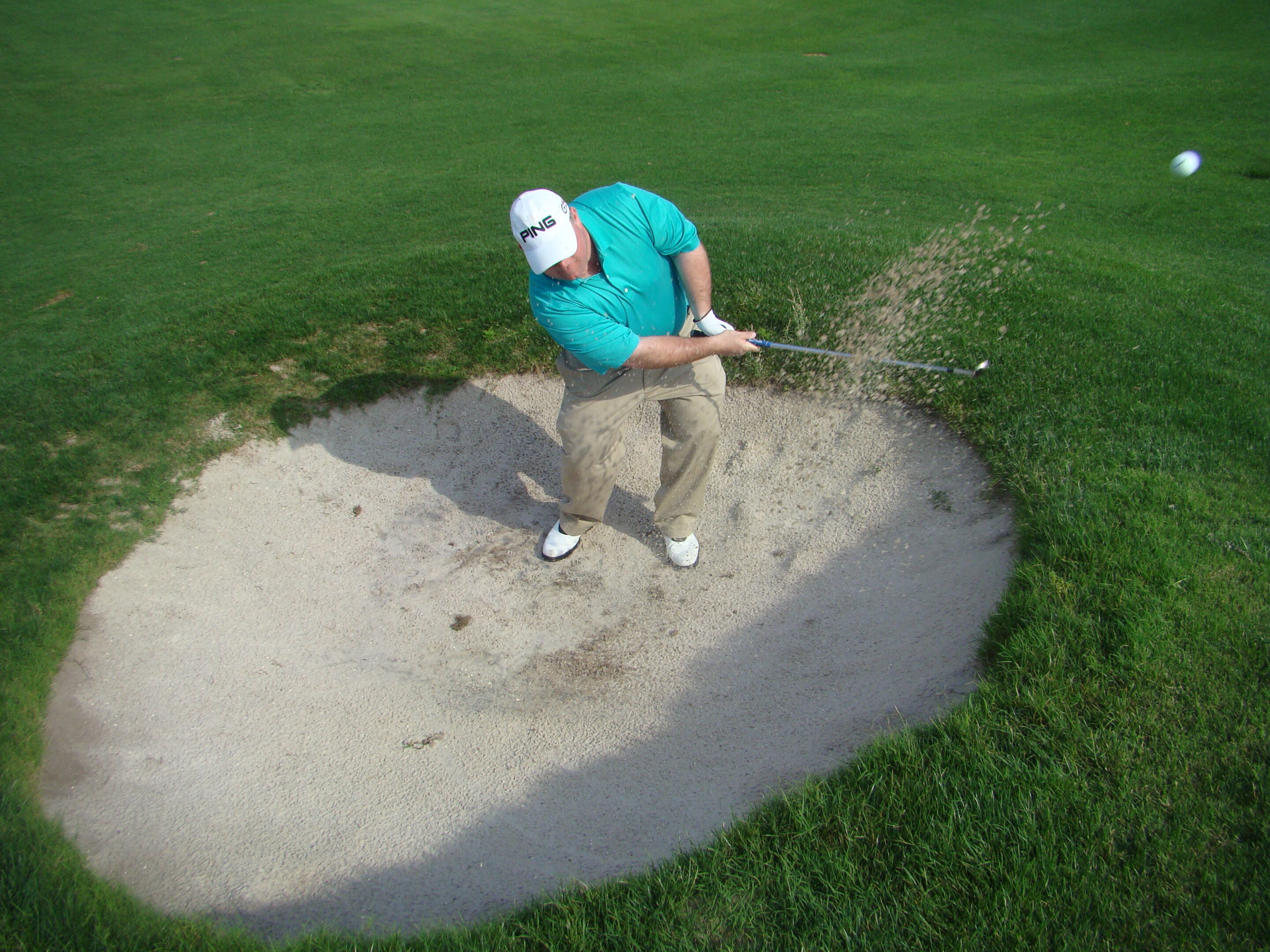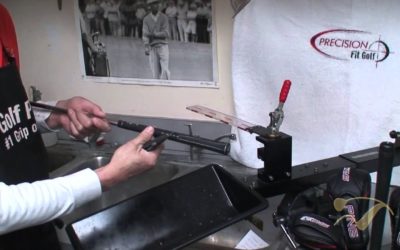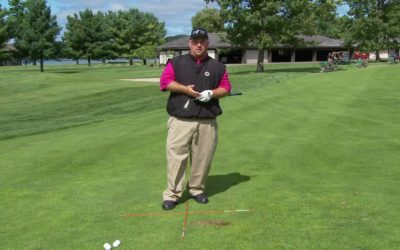How Your Sand Wedge Works

The first golf wedge to be played was the pitching wedge, also known as a jigger. This was the best option golfers had for difficult shots until the invention of the sand wedge.The sand wedge was invented by Gene Sarazen after flying in Howard Hughes‘ private plane. He built his first prototype in 1931 and started carrying it in his bag in 1932. Before his invention of the sand wedge, many golfers had a difficult time getting their balls out of the bunker.
Gene Sarazen began to win tournaments in 1935 with a new club he had invented that was specialized for sand play. He is hailed as the inventor of the sand wedge. However, history goes about 3 years further back than that. “Spoon” clubs offered varying degrees of loft and allowed players to scoop their ball out of sand traps and deep rough. As manufacturers became more and more innovative with club design, new types of wedges appeared. Some had concave faces, others featured deeply grooved faces, but not all of these designs conformed to USGA and R&A regulations, and many were banned. With the concave-faced wedge having been outlawed in 1931, Sarazen designed his sand wedge with a straight face. Another modification that he made was to add extra lead to the front edge of the club face, allowing it to cut through the sand more smoothly. After he won the 1932 British and U.S. Opens with the help of his new club, its popularity quickly grew.
Well now that we have a little history on how Gene Sarazen changed the game of golf forever. Lets move on to talk about what that plane ride showed Mr. Sarazen how a “rutter” on the bottom of a wedge would help golfers all around the world play better.
In golf, Bounce, or bounce angle, is a term used to describe the angle inscribed by the leading edge of a golfing iron (particularly a wedge), the sole of the club, and the ground. In plainer terms, bounce angle is an indication of how much the sole, or bottom-most part, of the club head lifts the leading edge. A high bounce angle (angles of 12-15o are not uncommon) indicates a sole which lifts the leading edge significantly, whereas a club with little or no bounce allows the leading edge to contact the ground without interference.
The purpose of introducing bounce into club head design is to control how easily wedges, with their steep angles of attack, penetrate the ground under the ball. A low- or zero-bounce club has a streamlined profile, and the sharp leading edge of the club will tend to cut into the ground readily. When this is undesirable, the use of a club with more bounce will cause the sole of the club to impact first, keeping the wedge from digging into the surface by causing it to “bounce” across the surface instead.
In practical terms, lower bounce wedges are advised for thin grass and tight lies, whereas those with more bounce are generally employed in deep rough or sand.
Now you know the bounce is on the bottom of your wedge. How do you use it correctly-or-incorrectly?
Here are some key points about club address position that can help you:
- The more the face is open, the more the bounce is exposed.
- Getting the toe of the club off the ground and opening the face exposes the bounce even more.
- The opposite is true for your heel of the club. If the toe is in the ground, no bounce is exposed.
- If the toe is in the ground with the face open, 50% of the bounce is exposed.
The above are the four different set up positions for your short game shots. Here are some situations that might help you determine which position to do when:
- In a bunker with a good lie, the face must be open to activate the bounce. In a bunker with a poor lie, the leading edge of your club must be used to “dig” out the bad lie. In extreme cases, lowering the heel towards the sand can be used.
- In a closely mown area, bounce should not be used. Instead use the toe in the ground method, this acts like a knife to rip the ball off the turf.
- In large rough around the green, put the club heel down and adjust for height of the shot. Open the face more: worse the lie and higher shot required.
I hope all these tips can help you with your wedge game. A special thanks to wikipedia for our history lesson.

Mike Fay
PGA Director of Instruction
With over 30 years of teaching experience, it's easy to see why Mike has become a leader in the world of golf instruction. Everything from cutting edge social networking techniques to having his own podcast, Mike has helped to change the face of teaching golf. He currently is the Director of Instruction at Walnut Creek Country Club in South Lyon, Michigan.
Email: [email protected]
Instruction Archives
How To Build A Wedge Range
How To Build A Wedge Range Want to score better? Of course you do! The Wedge Range at Boyne Mountain Resort opened this past July to rave reviews! A place to help you with your game from 100 yards and in! In this video, we discuss how we built the wedge...
How To Regrip A Golf Club
How To Regrip A Golf Club In this video, Mike spends some time with Steve Heuston owner of Precision Fit Golf teaching us the finer points of how to regrip a golf club. Most people do not really think too much about your golf grips. Getting them re griped when...
Better Impact Equals Better Shots
Better Impact Equals Better Golf Shots How good does it feel to be in a great impact position? I say it feels like hitting ice cream. Soft but heavy, very sweet! In this video Mike describes what it feels like to be in a great impact position. He offers one...
TEAM MFG BLOG
Subscribe
Never miss a new post, article, or video!
Subscribe to our newsletter Chip Shots!








Great tips! Sand wedges are a life saver for many of us golfers so it’s nice to know about how it works. Hope to see more of these ‘how it work’ types blog posts!